This is how you improve the sound of computer recording at Astia-studio
After disappointing to home and rehearsal room recording you would like to record at a professional studio. Astia-studio would be a great option, but they are full analog and work with tape only. Many have asked if I no longer record on DAW and has Astia quit all computer recording? This inspired me to talk you through how you can have the Astia sound on your DAW session. Our studio B specializes in computer recording. You can engineer yourself, bring your favorite engineer or book a platinum-selling producer Mr Miitri Aaltonen to the session. If you are dissatisfied with home recording, this it how you improve the sound of computer recording at Astia-studio!
Unlimited studio time is a blessing, or is it?
The endless tweaking, doubling and editing might sound like an irresistable option. Yet, what if this is one of the reasons why you release music not-very-often. And could it also be why music today doesn’t sound too good? When recording at home or at the rehearsal room it’s unfortunately too common not to take advantage of what a band is all about. Instead of playing all together most record each instrument separately. Capturing the whole band at once is a challenge, but it could solve several sound and groove related problems. And even if you’d use only the drum tracks, playing basic tracks together adds a lot of good stuff to your music.
When you record yourself, the result is as good as your skills are… When you both record and judge your playing, you all the time have to switch between being the musician, engineer and the producer. This is one of the best ways to get rid off any emotion your performance might have. And that’s why I recommend to get professional help; work with a trusted professional sound engineer.
A master has failed more times than a beginner has even tried.
When someone who has played 10 gigs thinks he is a professional, it might bring a smile to the ones who have done 1.000 gigs. The same applies for recording; if you’ve done 10 albums you know a lot. Yet, a person who has done over 1.000 albums can give you priceless information and help you with his vast experience. A master has failed more times than a beginner has even tried. No-one can become a master without failing a number of times. Failure is the key of becoming a master.
In Finland we’ve never had this many people who claim to be professionals when it comes to sound. During the recent years the sound quality has decreased drastically. What do you think, could there be a link between these two; more engineers than ever and worse sounding music than ever? 20–30 years ago there weren’t many professional sound engineers in Finland and the sound quality was pretty high. Unlike many think, recording and producing is not about throwing a mic or two in front of the sound source, connecting them to a sound card, playing with plugins and editing what ever reminds you of a human out of both the playing and singing. What if instead of editing you would put more focus to playing and instead of plugins record as ready sound as possible?
 How the recording room improves the sound
How the recording room improves the sound
Even in computer recording the room where you record has a huge impact on each instrument. As drums are the only acoustic instrument along with acoustic guitar and occasional grand piano, they are affected the most. Great sounding recording room is hard to find and the effects the room has to the sound is huge. I’ve sometimes had a hard time mixing vocal tracks someone recorded in kitchen as the room didn’t have the proper acoustics. The wrong kind of room can easily ruin the track.
The drum room on both our studios is an LEDE room, which stands for Live End/Dead End. One end of the room has a huge reverb (Live End) and the other is sound isolated making it dry (Dead End). We usually place the drums on the dry part of the room. This way the close microphones capture the dry close mic sound only. The room microphones deliveer the sound of the Live End and this is what drummers who record at Astia-studio love. Drums sound genuine and alive even when recorded on the computer.
As drums are the only acoustic instrument along with acoustic guitar and occasional grand piano, they are affected the most.
The 3 kW PA system in the drum room adds boost not only to the sound, but also to how the musicians play. I recommend that the bass and guitar players stay in front of the subwoofer during overdubbing. Headphones deliver the clarity and the subwoofer takes you on stage to play a live show. It is readable from the recorded tracks how much more energy you can have compared to recording alone over the laptop in your bedroom.
Learn the importance of the drum room on my demonstration video. On this simple demonstration we compare how drums sound with and without the room microphones. I advice you to concentrate on the energy of the drums and specially how the snare sounds. On the video there’s no drum samples, no sound replacer and no artificial reverb. Everything you hear is real.
Mixing console and how it improves the sound
Both our studios have analog Trident Vector 432 mixing consoles. The same brand and model was used for recording several Rammstein albums along with Manic Street Preachers, Roxette, Björk, Sade, INXS, The Cardigans and the list goes on. Only a few dozen of these consoles were built and around a dozen is still in use. Astia-studio is the only studio in the world to have two Trident Vector 432 mixing consoles still in use.
Lets focus on our studio B only. It is available either with platinum-selling producer/engineer Mr Miitri Aaltonen (Kotiteollisuus, Stam1na, Mokoma, Viikate, WÖYH!…) or as lock-out; i.e. with your engineer. Miitri has done dozens of sessions at Astia and knows both the equipment and acoustics by heart. If you will bring an engineer along, he must be qualified to operate large-format analogue mixing consoles. We offer a familiarize service to get you going.
Miitri has done dozens of sessions at Astia and knows both the equipment and acoustics by heart.
The studio B also has 16 channels of Neve 44 Series preamps and each engineer is super excited about them at first. Yet after few sessions they dare to try the Trident preamps and after that they all want to use the Trident only. Sometimes Neve still works the best. The eq on Trident Vector 432 is awesome and I recommend using the eq along with the 24 built-in dynamic processors during recording. The dynamic modules sound awesome on drums especially. You will learn more about the importance of the analog processing on my This Is Why Music Sounds Better When You Process The Audio During Recording blog post. Not only is the sound quality improved, but you’ll also shorten the amount of time needed for mixing as most of the decisions are made during recording.
Studio B control room is one of the best souding control rooms in Finland. We spent a huge amount of time and money on the acoustics to guarantee the best possible quality for your recording and mixing. The best way to experience the acoustics of the control room is to listen to music in front of the mixing console. Then move to the back of the room and even to the back corner. Unlike on most rooms in our studio B the low frequencies are barely boosted. This leads to the band sitting on the sofa hearing exactly the same as the engineer by the mixing console. The control room is the only studio room where the acoustics should have as minimal effect on the music as possible.
Your music sounds better when you use analog equipment
As I know our equipment and the facility inside out, I will be happy to help you with setting up the mics and tweak both the eq and compressors. This way you will get the most out of the session without wasting any time. The worst you can do is to arrive to Astia for a session and record everything without any compression and eq. This way you will loose the benefit our gizmos would bring to your music. I have invested in this equipment so that you could improve the sound of your music.
In the 80’s for example bands went into the studio where their most favourite albums were recorded. The recording engineer knew his equipment and the facility like the back of his hand. He was the one and only person who could get the most out of them. This is the reason why those albums sounded so good. You couldn’t get the same sound by plugging the microphones to a laptop with a sound card at the rehearsal room. Once your instruments sound great, you should record using analog equipment in a great-sounding room. After this you are several steps closer to the ever-so-dear goal.
As I know our equipment and the facility inside out, I will be happy to help you with setting up the mics and tweak both the eq and compressors. This way you will get the most out of the session without wasting any time.
Stam1na in Astia-studio B
One of the most famous Finnish metal band Stam1na arrived to our studio B in spring 2018. They recorded the first single Elämänlanka for their Emma (Finnish Grammy) awarded Taival album with the amazing producer Mr Janne Joutsenniemi. They asked me to set the microphones and to adjust the sound for recording using hardware eq and compression. If you focus enough, you will hear how the Elämänlanka single has a bit more facial expression on vocals, more energy on the drum hits and it sounds like the whole band is a bit closer to the listener.
Watch the music video of Stam1na’s Elämänlanka single that was shot in Astia-studio B.
The YouTube and television audio is mp3 making everything we watch sound flat and dull. Yet, our eyes will deceit us. Once you look away and concentrate only on what you hear, it becomes very difficult to understand what they are saying. This is the reason why you need to turn up the tv and even the radio. With more quiet level it is almost impossible to make any sense of the words. You should compare the digital sound source to a full-analog vinyl record, cassette or even a VHS video tape sound. It is mind-boggling how quiet you can keep the analog signal path audio level and still hear every single word to a smallest detail.
Improve the sound of computer recording
You are warmly welcome to Astia-studio to record your music on computer. You can bring along your favorite engineer, hire me to tweak the sound for you or make the session with Mr Miitri Aaltonen. We offer the option of accommodation as there are two accommodation facilities located in the studio building. Contact us to experience the difference to a home/rehearsal place recording and you’ll also get a chance to learn how much more the analog equipment can improve the sound.
You are warmly welcome to Astia-studio to record your music on computer.
You are also welcome to make mixing at our studio B to get the most out of the analogue processing. I highly recommend using the hardware instead of plugins. The difference is a lot bigger than you would even imagine!
 Computer recording at Astia-studio
Computer recording at Astia-studio
Thank you for getting familiar with the fact that Astia-studio still offers computer recording too. Even though I personally will stick with tape as I know the huge difference between the recording formats, we are glad to offer the option for computer recording for those who seek it. The acoustics and analogue equipment will help you to improve the sound of your music.
If this post was helpful, please share it on social media. This way you will help your friends to benefit from the information.
I cannot wait to reply your questions and comments so please do leave them below. Reserve a session at Astia-studio by clicking here. Thank you very much and all the very best!
Astia-studio is a full analog recording studio located in eastern Finland with 25 years of experience. Bands and artists from all over the world including USA and the furthest corner of Russia, Vladivostok have arrived to us for tape recording sessions.
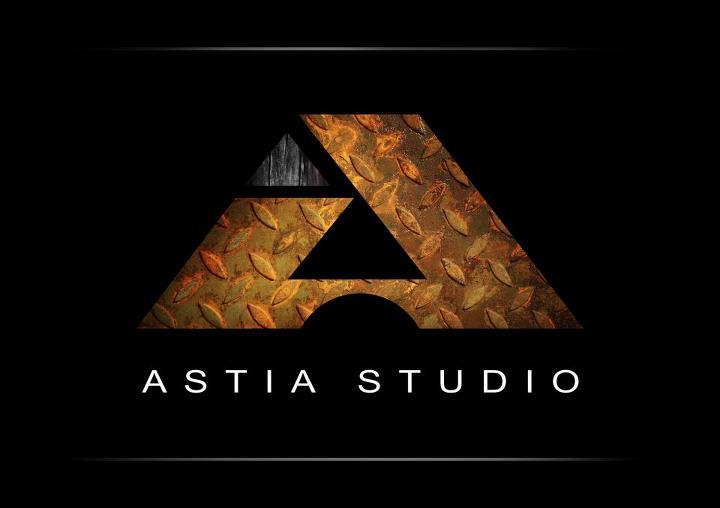
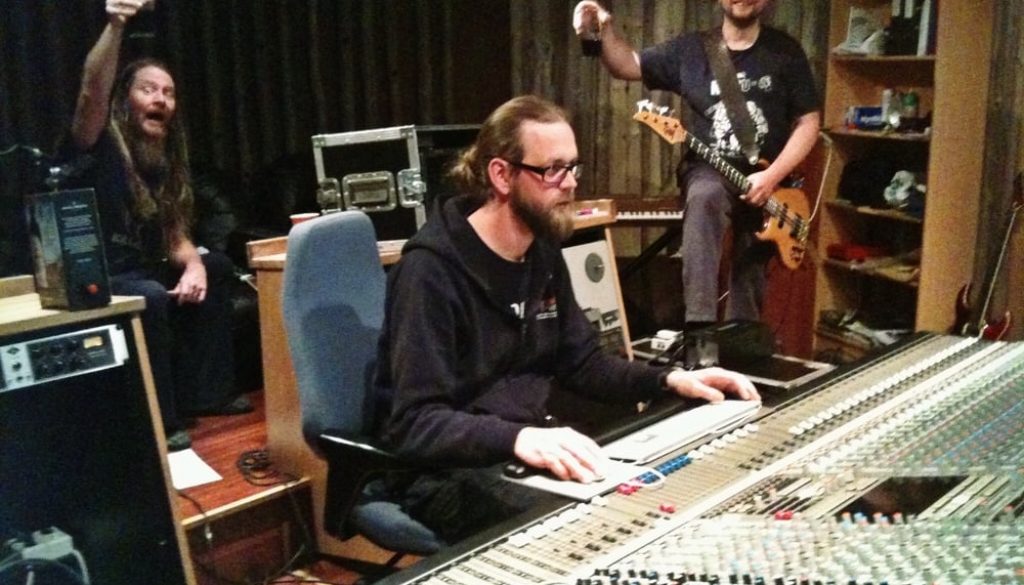
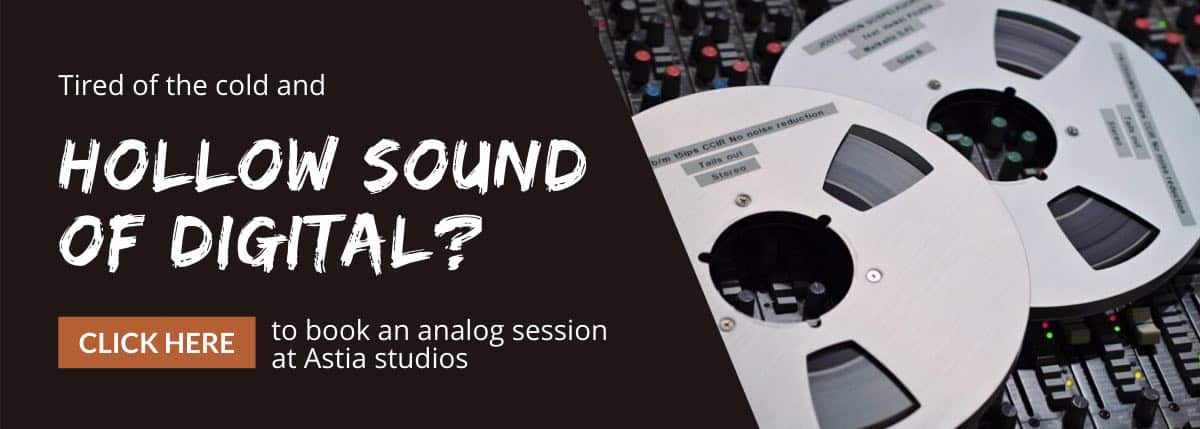
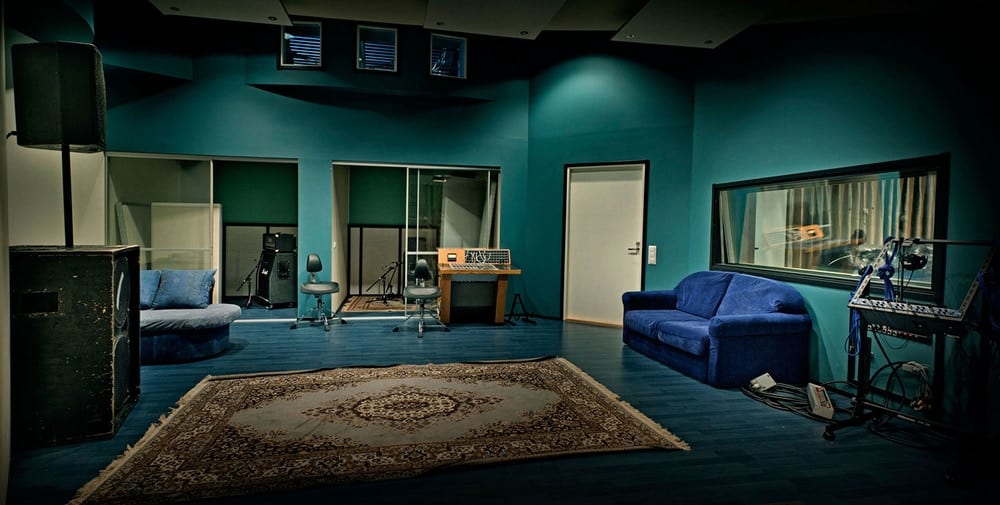 How the recording room improves the sound
How the recording room improves the sound
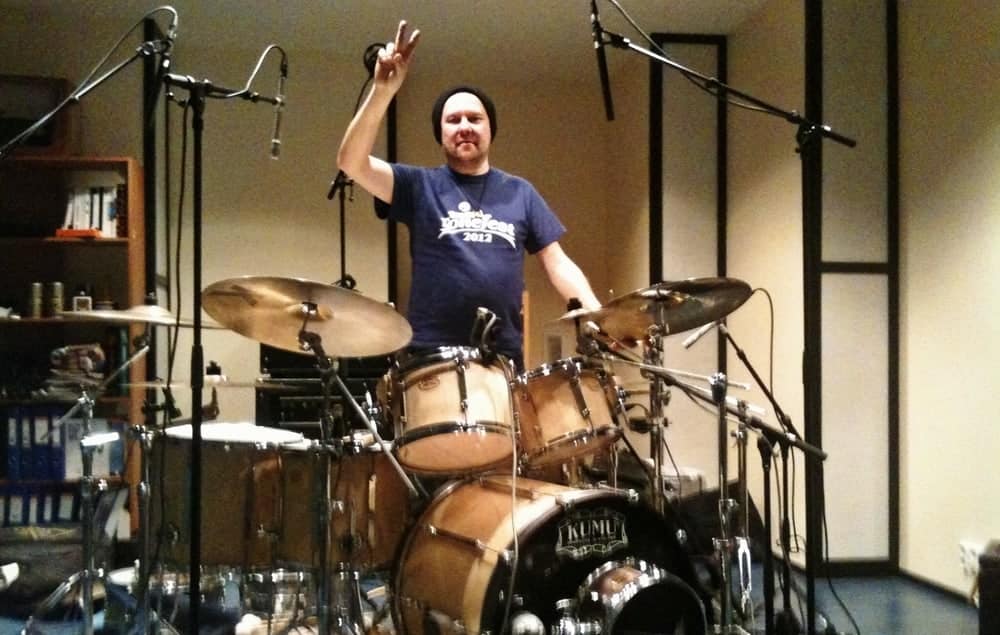 Computer recording at Astia-studio
Computer recording at Astia-studio